How Philippe Malouin turned wobbly line drawings into a rug design
This rug design is the result of imperfections and glitches
Omar Sartor - Photography

‘I draw badly, and I used that as my initial starting point.’ London-based Philippe Malouin has turned his weakness into a rug pattern for cc-tapis – his first two-dimensional product design. ‘I actually had a very functional approach when it came to my requirements for a rug. I wanted it to be comfortable like a pile rug, yet, be architecturally sound like a flat weave.’
Malouin’s idiosyncrasies is was what drew cc-tapis’ art director Daniele Lora to his work, especially when she was planning for the Milan-based brand’s 2020 collection. ‘I immediately thought that his style could play a strong part of what we had in mind.’ For the Lines rug, Malouin took this wobbly sketching of straight lines further by using wax crayons to accentuate the flaws – ‘it also left an irregular deposition of pigment onto a clean page of paper’.
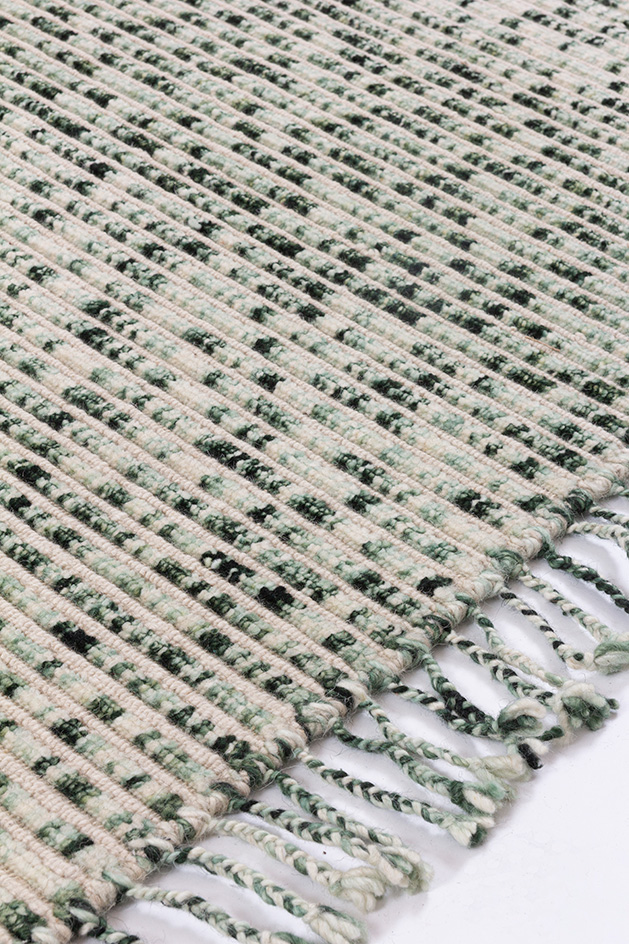
When taken off paper, the artwork is identifiable through the distorted pattern and colours that fluctuate in tone – an effect which Malouin says was hard to achieve when translated to wool. ‘This was ingeniously solved by Daniele Lora by coming up with the idea of dip-dying bunched wool yarn before knotting it,’ he says.
This nifty dying technique for the Himalayan wool was paired with Tibetan craftsmanship that takes place in the production facility in Nepal in a performance of trial and error – ‘rather than printing lines we wanted to have a more natural and imprecise effect that came after many trials of dyeing the raw material and that could only be achieved through hand-knotting.’
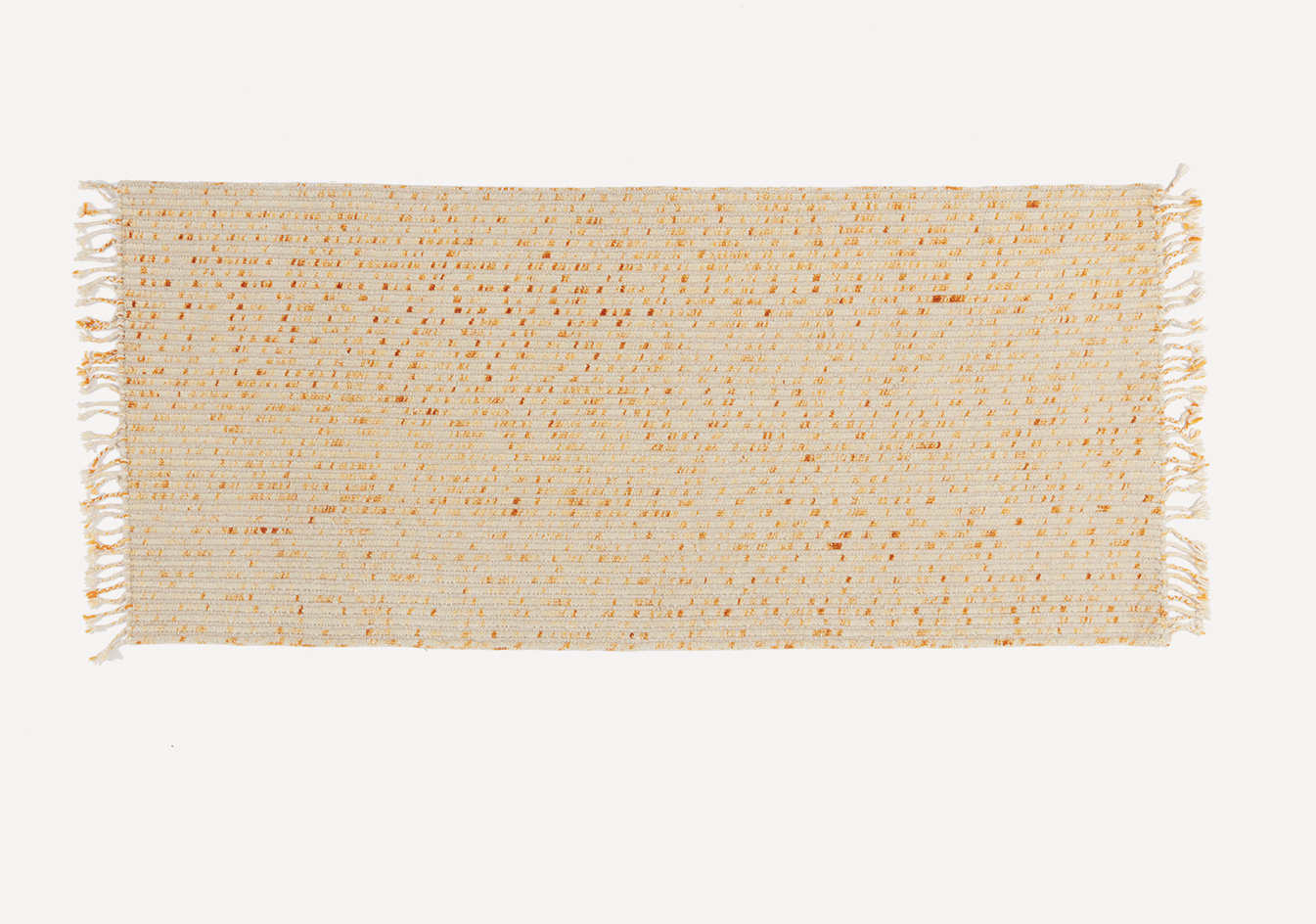
The Lines rug is part of cc-tapis’ digital launch of Gesture – a project that looks at ‘how the motion of hands and tools can quietly lead the creative process, creating entirely new aesthetic languages.’ In addition to Malouin, Lora and the team invited Sabine Marcelis, Mae Engelgeer, Yuri Himuro and Patricia Urquiola to realise designs too.
‘We always start by making things,’ Malouin explains of his creative operations. Lines has a process full of glitches and abnormalities, which would usually be tossed away, but here they were turned into something beautiful and functional.
Watch Philippe Malouin take us through the process
INFORMATION
Receive our daily digest of inspiration, escapism and design stories from around the world direct to your inbox.
Sujata Burman is a writer and editor based in London, specialising in design and culture. She was Digital Design Editor at Wallpaper* before moving to her current role of Head of Content at London Design Festival and London Design Biennale where she is expanding the content offering of the showcases. Over the past decade, Sujata has written for global design and culture publications, and has been a speaker, moderator and judge for institutions and brands including RIBA, D&AD, Design Museum and Design Miami/. In 2019, she co-authored her first book, An Opinionated Guide to London Architecture, published by Hoxton Mini Press, which was driven by her aim to make the fields of design and architecture accessible to wider audiences.
-
 A new Korean garden reimagines tradition for the 21st century
A new Korean garden reimagines tradition for the 21st centuryThe new Médongaule Korean Gardens in Gyeonggi Province explore the country’s rich tradition; within it, the Seongok Academy Building provides a layered spatial experience drawing on heritage and a connection with nature
-
 Ten out-of-this-world design exhibitions to see in 2026
Ten out-of-this-world design exhibitions to see in 2026From contemporary grandes dames to legends past, and ‘non-human’ design: here are ten design exhibitions we’re looking forward to seeing in 2026
-
 Apple Music’s new space for radio, live music and events sits in the heart of creative LA
Apple Music’s new space for radio, live music and events sits in the heart of creative LAApple Music’s Rachel Newman and global head of workplace design John De Maio talk about the shaping of the company’s new Los Angeles Studio
-
 Bees can now check in at Kew’s new pollinator hotel
Bees can now check in at Kew’s new pollinator hotelAt Wakehurst, Kew’s wild botanic garden, artist Kristina Pulejkova unveils four functional sculptures that tell the hidden story of seeds and act as a refuge for bees during the heat of summer
-
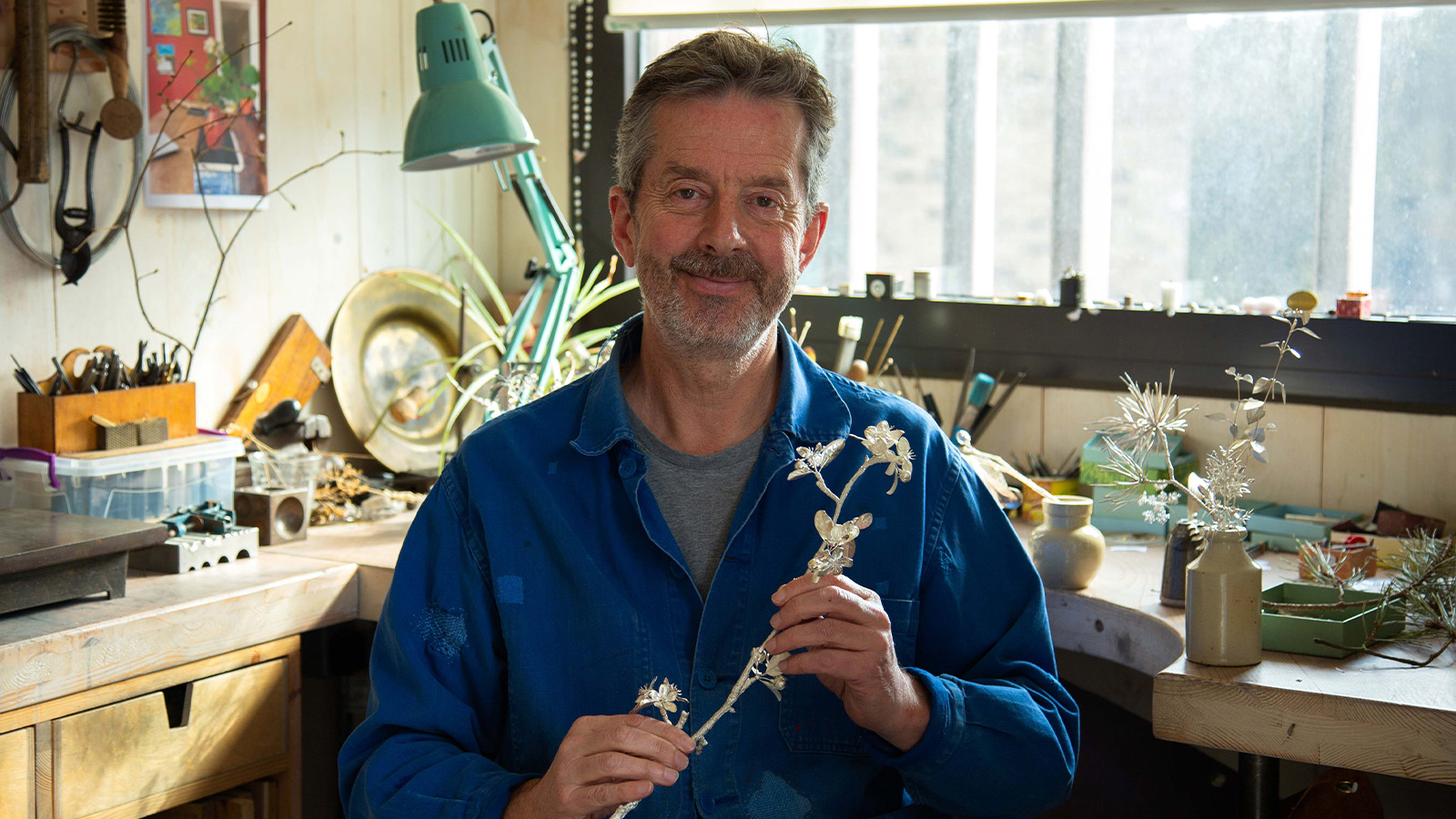 Nature sets the pace for Alex Monroe’s first sculpture exhibition
Nature sets the pace for Alex Monroe’s first sculpture exhibitionThe British designer hops from jewellery to sculpture for his new exhibition at the Garden Museum, London. Here, he tells us why nature should be at the forefront of design
-
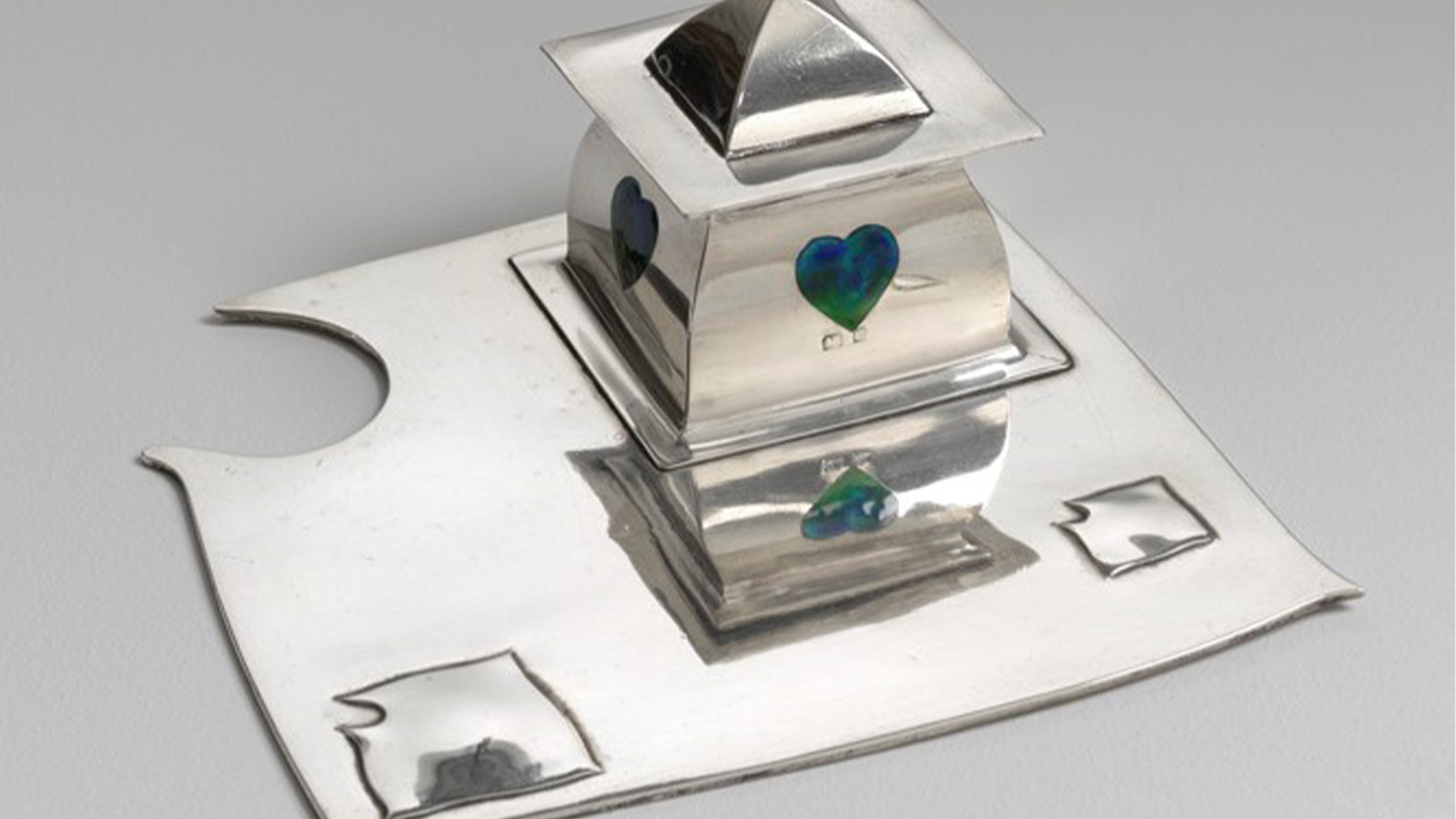 On the Isle of Man, the secret history of designer Archibald Knox is revealed
On the Isle of Man, the secret history of designer Archibald Knox is revealedThe mysterious life and works of local designer Archibald Knox is celebrated in a retrospective at Manx Museum, spanning silverware, furniture, clocks and more
-
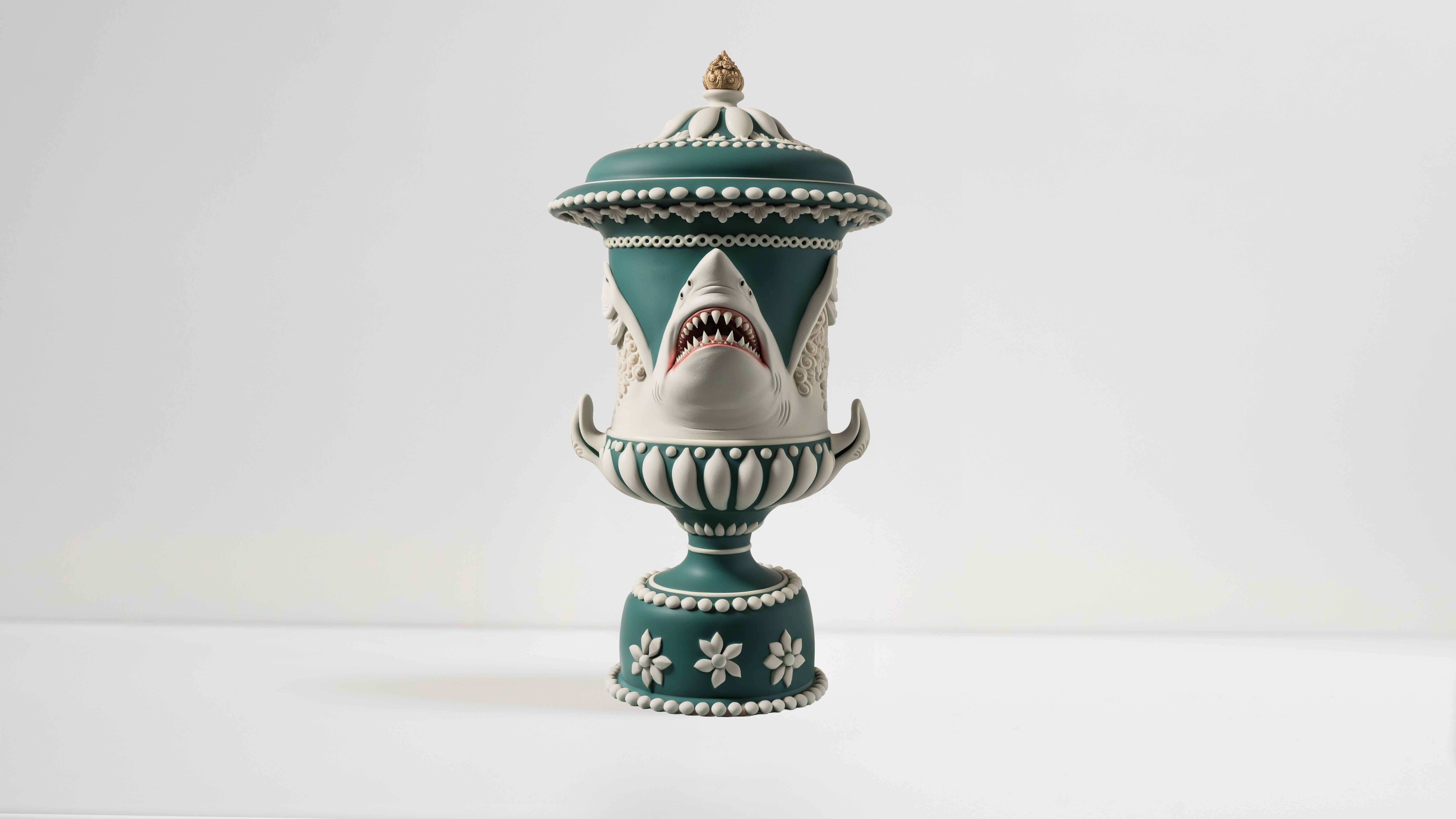 Wedgwood’s AI tool lets the public reimagine Jasperware for its 250th anniversary
Wedgwood’s AI tool lets the public reimagine Jasperware for its 250th anniversaryTo celebrate 250 years of Jasperware, Wedgwood debuts an AI tool that opens up the design process to the public for the first time
-
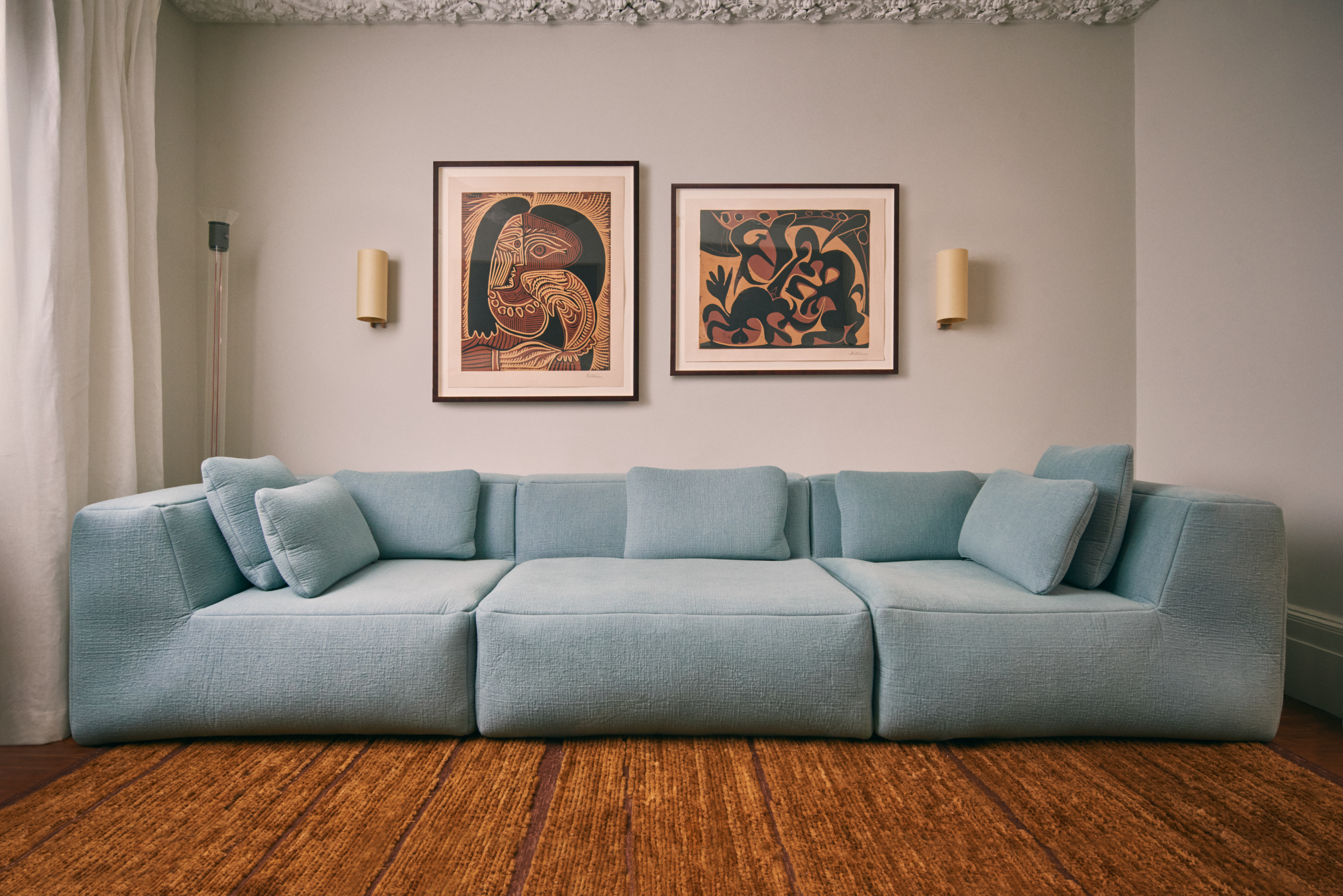 Milan Design Week: Philippe Malouin's ‘Great’ sofa for Hem more than lives up to its name
Milan Design Week: Philippe Malouin's ‘Great’ sofa for Hem more than lives up to its nameThree years in development, the Canadian designer’s new sofa for Hem is an elegantly modern, comfortable beast
-
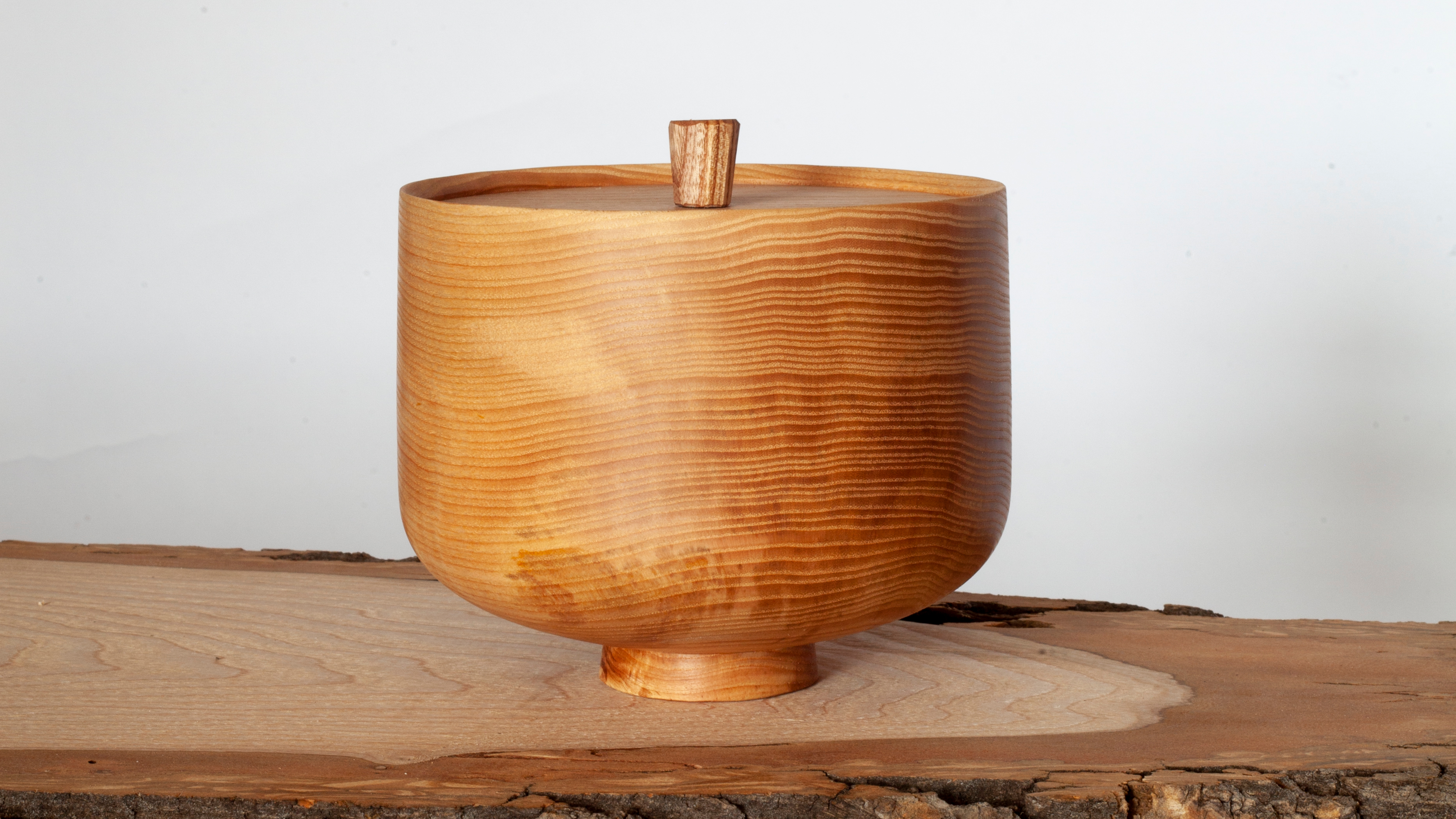 Reimagining remembrance: Urn Studios introduces artistic urns to the UK
Reimagining remembrance: Urn Studios introduces artistic urns to the UKBridging the gap between art and memory, Urn Studios offers contemporary, handcrafted funeral urns designed to be proudly displayed
-
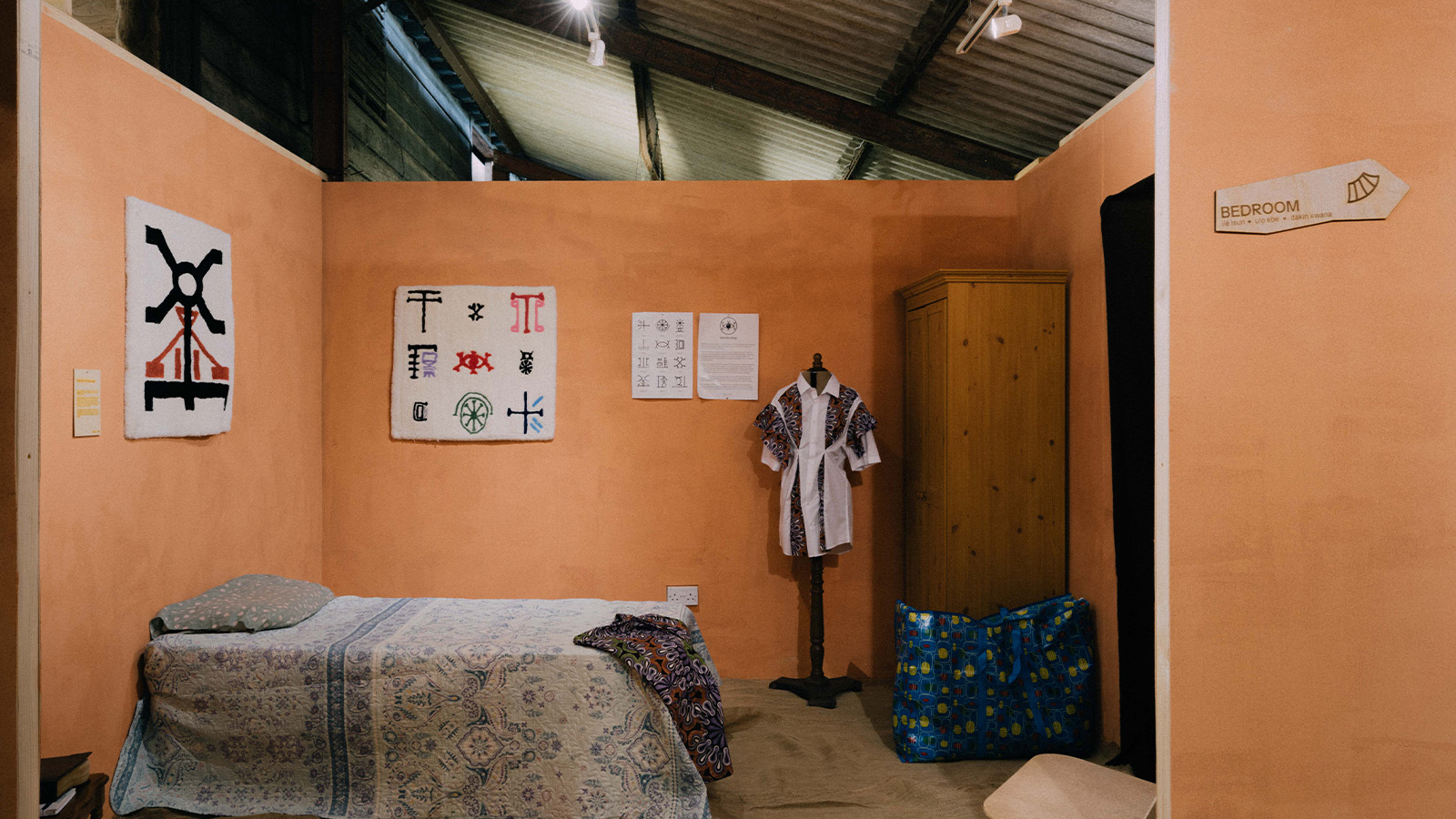 'What Makes a Space Nigerian?' is an exhibition celebrating the key elements of West African Homes
'What Makes a Space Nigerian?' is an exhibition celebrating the key elements of West African Homes‘Our aim was to create a space that Nigerians could connect with', says Moyo Adebayo's on his latest exhibition 'What Makes a Space Nigerian?' which explores what defines a Nigerian home
-
 Feldspar makes its mark on Whitehall with a festive pop-up at Corinthia Hotel
Feldspar makes its mark on Whitehall with a festive pop-up at Corinthia HotelDevon-based bone china brand Feldspar makes its first foray into shopkeeping with a pop-up at London’s Corinthia Hotel. Ali Morris speaks with the founders and peeks inside